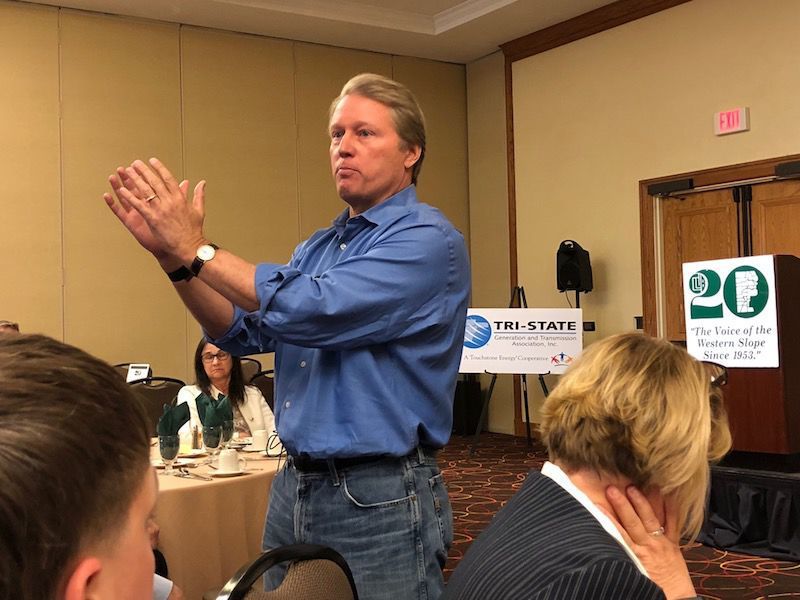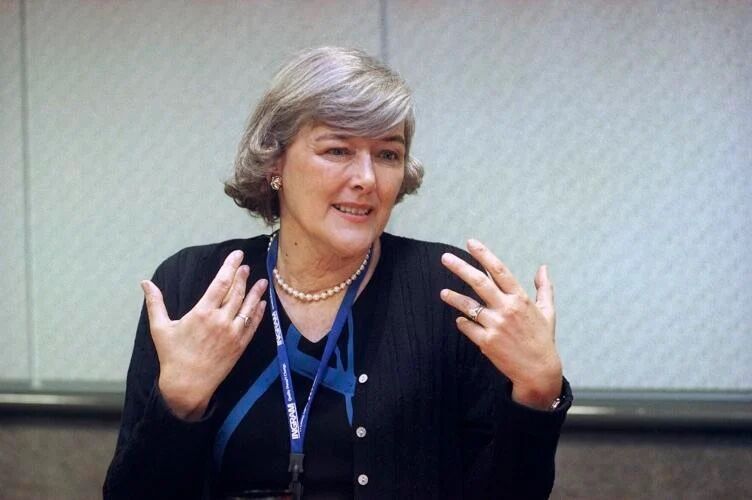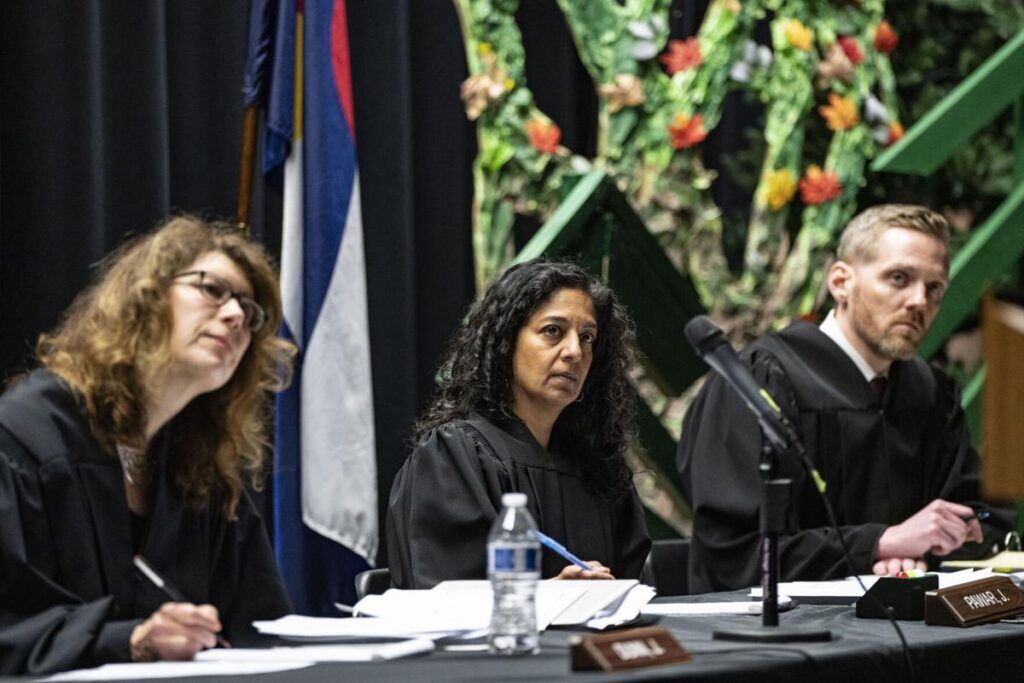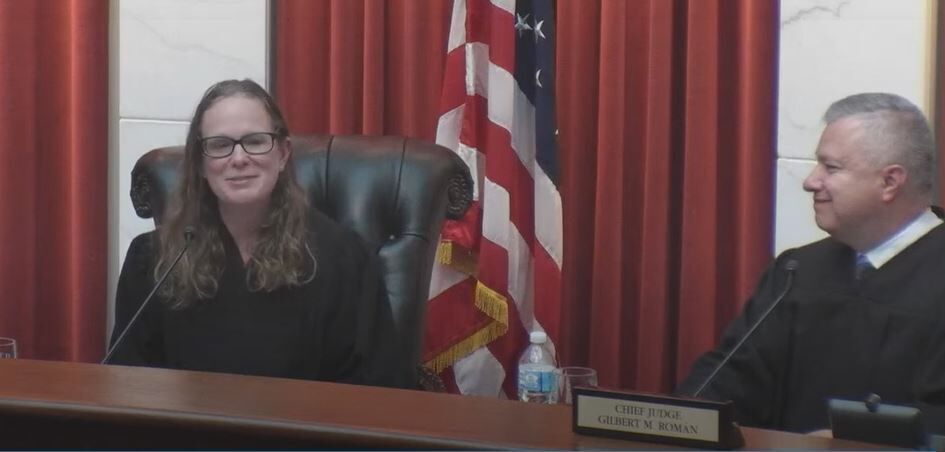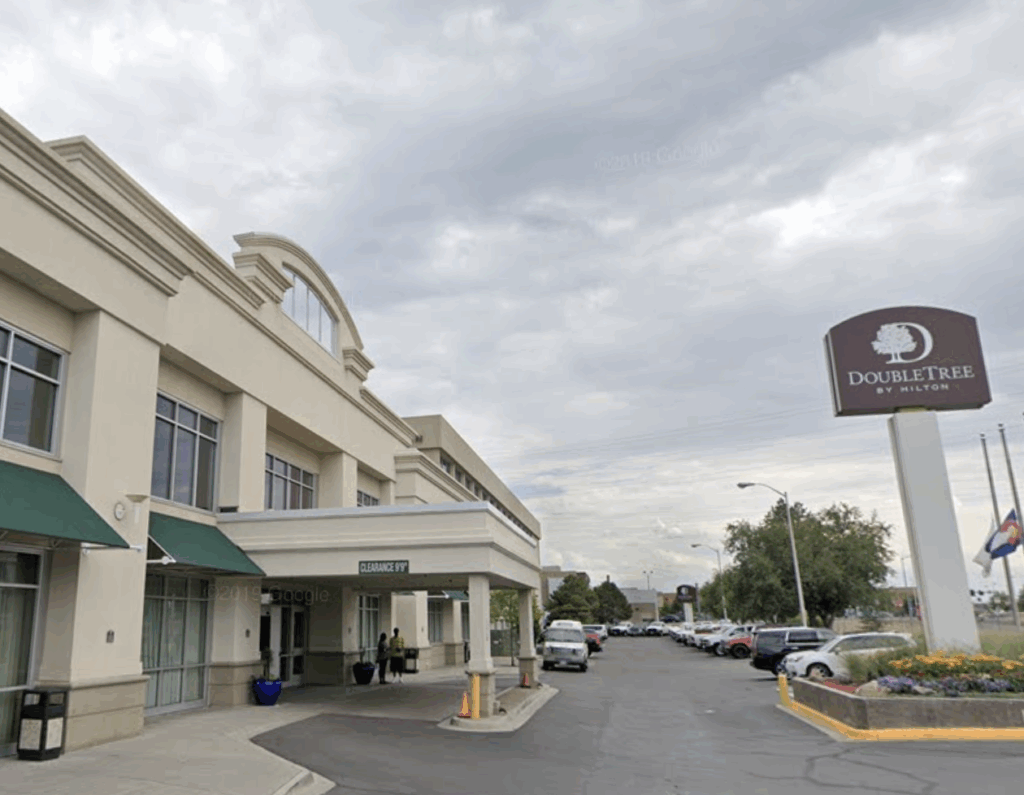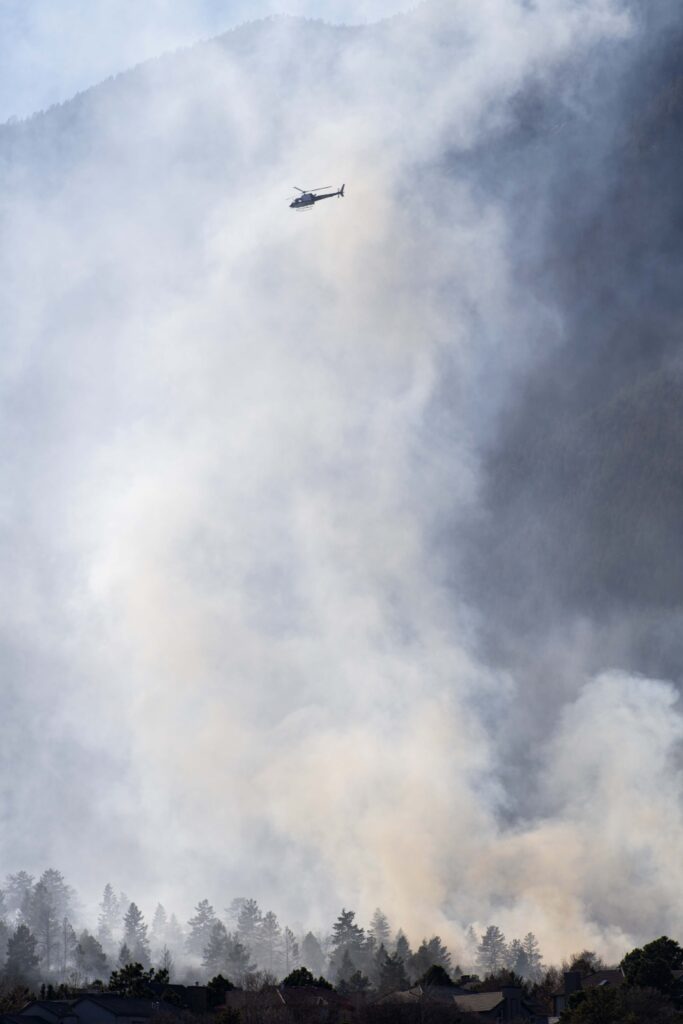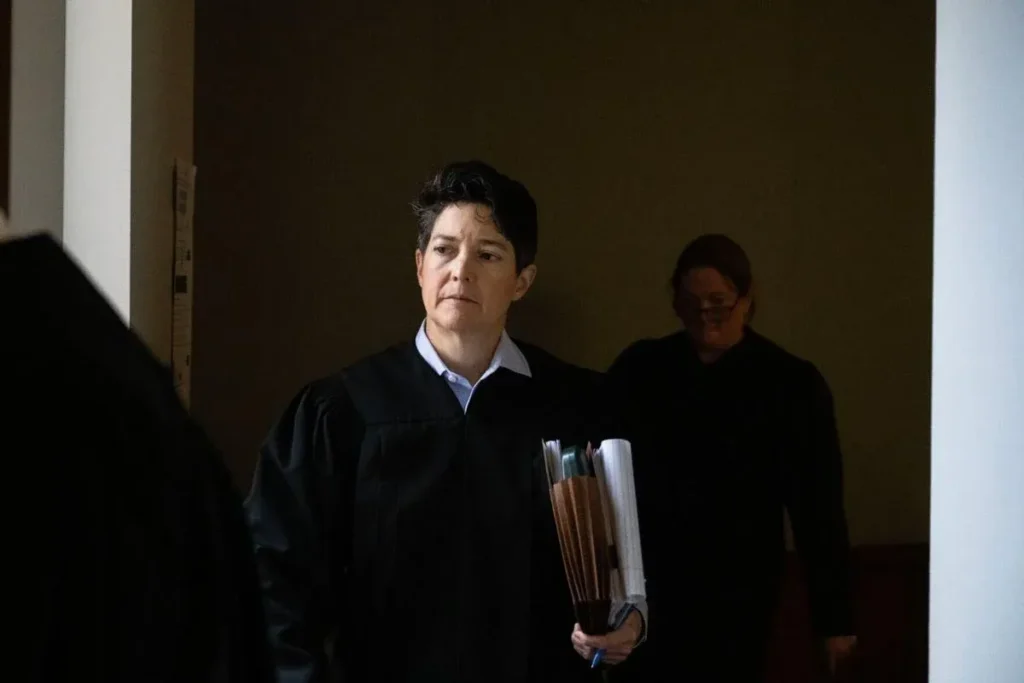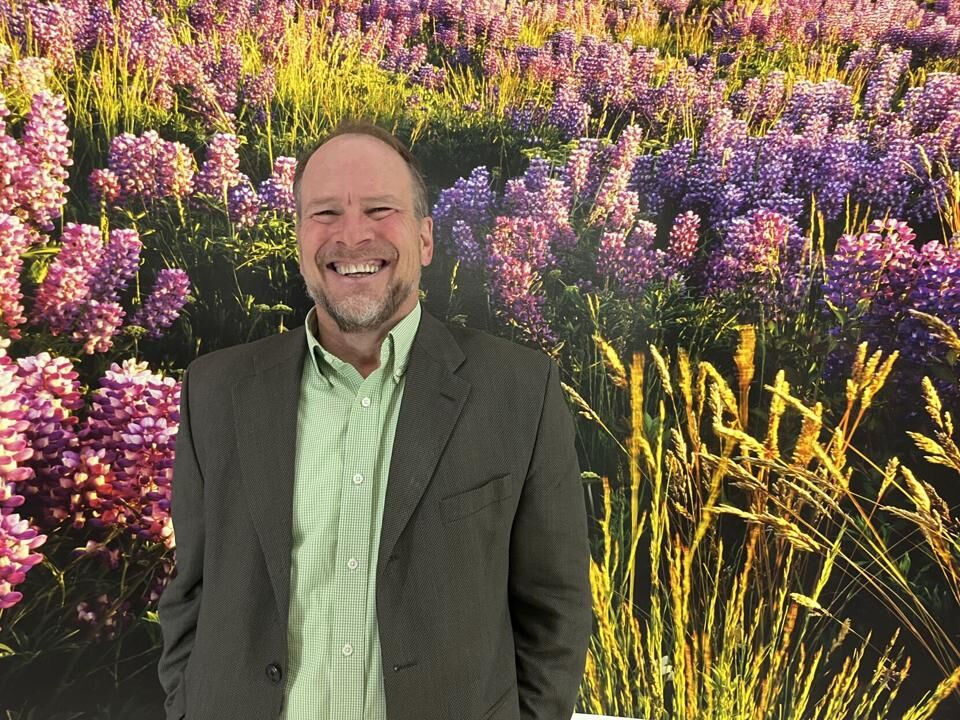Q&A with Wynne Palermo: She’s got the cure for what ails a blighted neighborhood
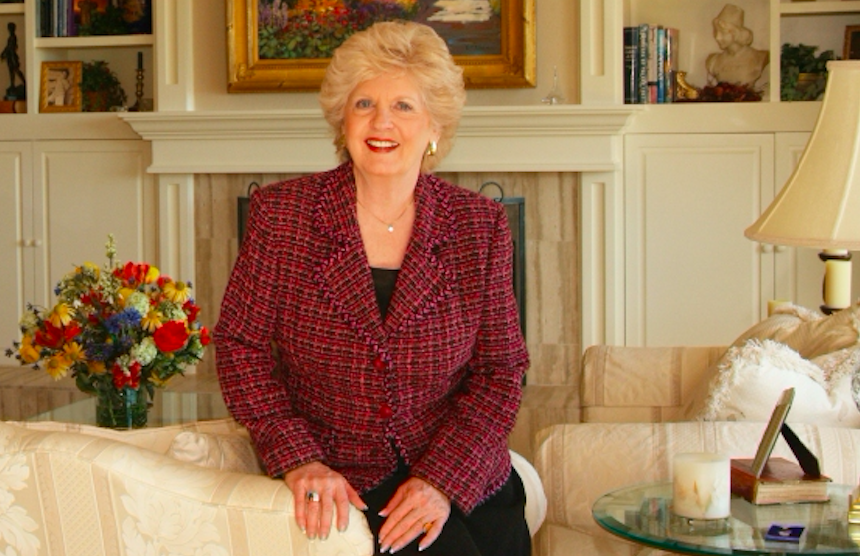
Developers are great at looking over the horizon, envisioning what’s next for a community and then building it. But how do you draw those same dynamic economic forces back to parts of the community that have seen better days and could use a turnaround before they hit bottom? That’s where an agency like the Colorado Springs Urban Renewal Authority comes in. It partners with developers and creates incentives for them to inject a dose of vitality into declining neighborhoods. It’s a complicated and lengthy undertaking that faces lots of political challenges, but a successful project can breathe new life into an area for miles around. Authority Chair Wynne Palermo – a veteran of the Colorado Springs real estate scene – walks us through the process. The longtime REALTOR, community volunteer and prominent civic activist has been a driving force with the influential Pikes Peak Association of REALTORS. In today’s Q&A, she holds forth on the success of urban renewal in Colorado’s Second City – offering what could be a template for other communities along the Front Range and beyond.
Colorado Politics: Many cities have an urban renewal authority, but let’s make sure we understand what it is: What does the Colorado Springs Urban Renewal Authority do?
Wynne Palermo: We cure blight! Colorado Springs Urban Renewal Authority is a quasi-governmental agency operating under Colorado State Statute. As our city grows and the years pass, we are sometimes left with abandoned or neglected areas as businesses relocate to the new, hottest market or area. The only purpose of the Urban Renewal Authority is to cure blight but along the way we create better economics and help grow businesses and private investment. Through the use of newly created property tax and sometimes sales tax, we are able to update old and outdated or useless utilities and infrastructure, incentivizing new businesses to come into the area. TIF (tax increment financing) is using the tax that the new improvements create over and above what was collected before the renewal project started. When improvements get built or re-built, property tax revenue increases, and it is only the portion of new tax revenue that is an increment and used for renewing the area. It’s a way to give incentives to developers using the success to pay for new opportunities. It usually takes years to reach a point where the new urban renewal area is generating enough tax revenue to start to reimburse the developer for the new or updated utilities and infrastructure they put into the project to start. We stimulate private investment. The developer becomes the catalyst for an area and takes the investment risk with the hope it will create even bigger economic rewards for the neighborhood. A city that is economically healthy has a good quality of life, and that affects everyone in the city.
CP: And yet, important urban redevelopment tools, like TIFs and eminent domain authority, also stir controversy at times and can draw push-back. Not just in Colorado Springs but in the Denver area, as well.
Palermo: Certainly, they do at times draw opposition, but it’s basically because of a lack of understanding as to how these tools really work. Regarding TIFs, a community has to understand there would be no new tax revenue in the first place if it weren’t for the new development. And all of the revenue in a TIF stays with the city; it’s just that it is used to provide infrastructure that the general public expects and needs in order to accommodate the development. As for condemnation power under eminent domain authority, it virtually never is used on behalf of a private-sector development. But its existence on the books can provide the incentive for property owners to come together not only for the overall community’s benefit but also for their own. Very typically in a blighted area, no business or other property is thriving or increasing in value. It’s the development that is suddenly ushering in opportunity for everyone.
CP: What impact is the authority having on your community?
Palermo: The first project I can remember was the South Central (or Lowell) project approved in 1988. It’s just south of downtown next to where the Colorado Springs Police Department built their offices and dispatch services. It’s surrounded by good residential homes along with senior living complexes as well as growing and expanding small businesses. It certainly revitalized that area successfully.
About 2004 the North Nevada project was approved. You will know it as University Village. That project catapulted UCCS into becoming the fastest growing university in the state. Big improvement projects became front and center for not only UCCS but the entire corridor improving the gateway to the city from I-25 to Austin Bluffs and beyond. The North Nevada project has become our poster child for retail redevelopment and private investment. Today, more than 450 students work at the stores in University Village part-time. Most of these students would not be able to have a college education if that opportunity were not there for them. Our Gold Hill Mesa project was approved in 2011 and was the site of a gold processing facility from 1906 to 1949. It processed ore from Cripple Creek and Victor gold mines and it took many years to clean up the environmental contamination left behind. Today it’s a high quality mixed-use traditional neighborhood, and a commercial area has just begun next to the residential.
Wynne Palermo
CP: How many urban renewal areas do you have in the Urban Renewal Authority?
Palermo: We currently have nine designated URA areas. Not all our projects are active, but with the improving economy and consumer confidence getting stronger recently, the possibilities for developers and the activity for inquiries has grown exponentially. We have high hopes that we can get a few of our older projects done or at least on the way to success in the next couple of years. We have a few making great strides and drastically changing the landscape as I speak to you today. We are very excited at the potential progress of Colorado Springs and see the real impact that our projects already are having on the community.
CP: What has the Regional Tourism Act done for Colorado Springs?
Palermo: Named City For Champions, the project awarded Colorado Springs in 2013 is taking shape. It is made up of four elements, which are the U.S. Olympic Museum, the Downtown Sports and Events Center, the William J. Hybl Sports Medicine and Performance Center at UCCS and the U.S. Air Force Academy Gateway Visitor Center. Colorado Springs will have the only U.S. Olympic and Paralympic Museum in the country. Colorado Springs is home to United State Olympic Committee and has more than 20 national governing bodies for Olympic sports as well. We are branded Olympic City USA so we think it is very fitting that the museum will be in our city.
CP: What do you expect for the future?
Palermo: So many possibilities, so little time. We can’t get all our ideas done at once, but there are some great projects on the drawing board right now. We are talking about potential new projects to compliment the North Nevada project south into the north end of downtown proper. We have been working hard to do a project in our southeast quadrant that may get tied in with the airport someday.
Our South Nevada project is blossoming with new buildings going up pretty fast now. Elvira, Mistress of the Dark, (aka Cassandra Peterson) grew up in a small area called Ivywild south of downtown. Her parents owned a costume shop on south Tejon and that’s where everyone went for Halloween or other costume occasions to get outfitted. Won’t she be surprised to find there’s a Hilton Hotel, fine dining and other restaurants, townhomes and many other mixed-use areas there instead of her parents’ costume shop. One of the developers of the South Nevada project (approved in 2015) has torn down many old places but for the moment is using the costume shop as their construction offices. This project is cleaning up Cheyenne Creek and is connecting walking and bike trails for everyone to enjoy. Did I say we are excited?
CP: How have the authority and its agenda evolved over time?
Palermo: When (former) Mayor Bach appointed me to the board, and the City Council confirmed me in 2012, the authority was going through a tough time. The economy was suffering and our authority was not a strong link in the city’s tool box. In fact, few citizens even knew we had an Urban Renewal Authority and certainly didn’t know what an Urban Renewal Authority actually did. We had a part-time executive director and a part-time assistant for mostly office work. Each one of the projects is unique and different and they always require undivided attention and many months to get them off the table and before City Council for approval.
I did not expect to become vice chairman of the board a year after being appointed when I still had a lot to learn. I still do. I’ve been on the board for almost six years as Mayor Suthers appointed me to stay for another five-year term. I was elected chair after the authority hired the chair to become our legal counsel. We made a great many changes pretty quickly and for a while we were without a director. Those were some long days with my real estate business so busy too. But today we are proud to say that the city considers us one of their most important tools for economic development and a lot more people know and have witnessed some significantly great change to some previously blighted areas.
We have taken the CSURA to a new level. We are, of course, market driven, and the desire for new development will continue day in and day out forever. We need to make sure we grow smartly and that our good economy works really hard and successfully for us when we have it. We hope to get quite a few blighted and neglected areas stronger and make improvements while we have possibilities for it to happen. These projects take a long time, but the fruits of our labor mean so much to the lives we improve. It just feels so good to make a difference to a place you love and call home.



